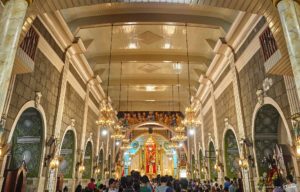
Meycauayan Church: Resilience and Restoration Through the Sands of Time
In the Diocese of Malolos, the Saint Francis of Assisi Parish Church or better known as Meycauayan Church, is the largest parish in Bulacan, and
Barásoain Church, also known as Our Lady of Mount Carmel Parish, is located in Malolos, Bulacan. Often referred to as “The Cradle of Democracy,” this majestic church holds immense historical, architectural, and religious significance.
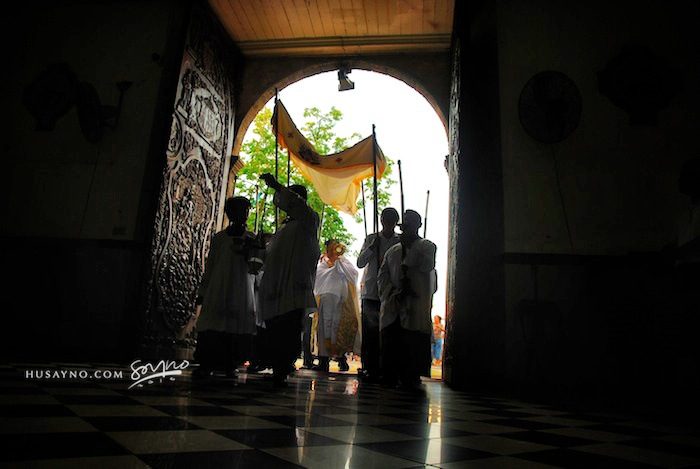
The church’s story dates back to 1888 and showcases the elegance of Spanish colonial architecture. Named after the town of Barásoain in Navarre, Spain—chosen for its similar climate to Malolos—the church was originally constructed using nipa and bamboo. Unfortunately, this early structure was destroyed by fire.
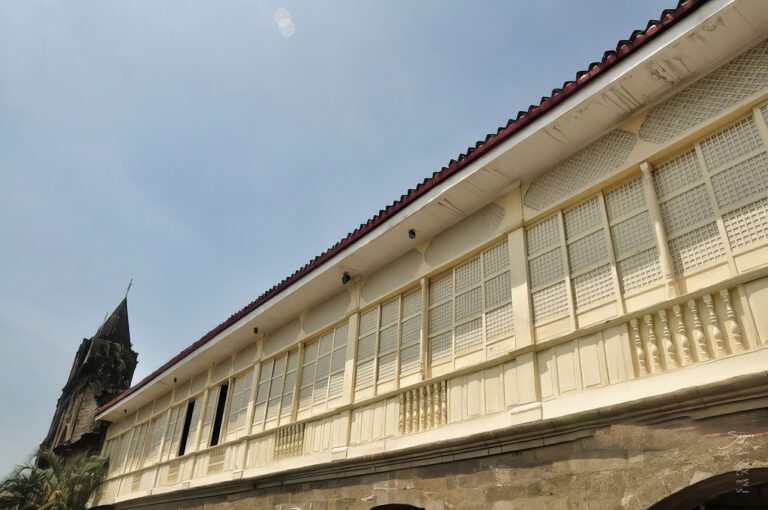
In 1885, a temporary church was built under the guidance of Father Francisco Royo, but it too succumbed to flames during a Flores de Mayo celebration. The church’s journey continued with a new beginning in 1859 when Barásoain was established as a separate parish from Malolos. Our Lady of Mount Carmel became its patroness, and Father Francisco Arriola, the first parish priest, quickly built a convent.
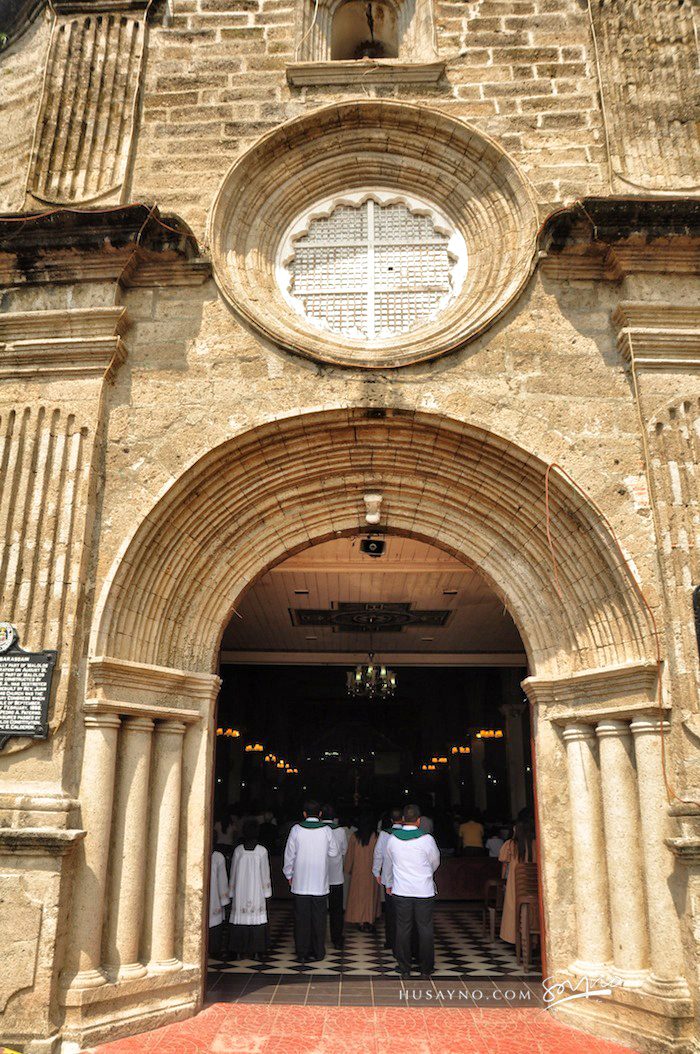
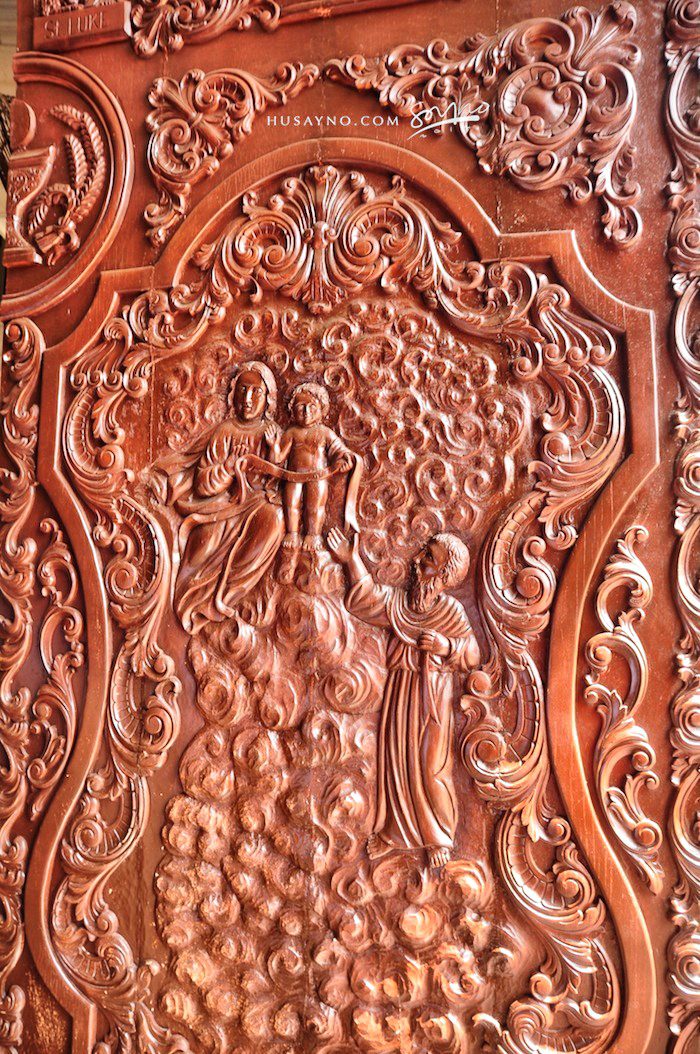
A small chapel was initially constructed in 1816 by Father Melchor Fernandez to accommodate worshipers while a larger church was planned. A bell from 1870, installed by Father Emterio Ruperez, marked the church’s development. Despite challenges—including the destruction of a stone church and temporary structures by earthquakes and fire—the efforts to build a lasting church persisted.
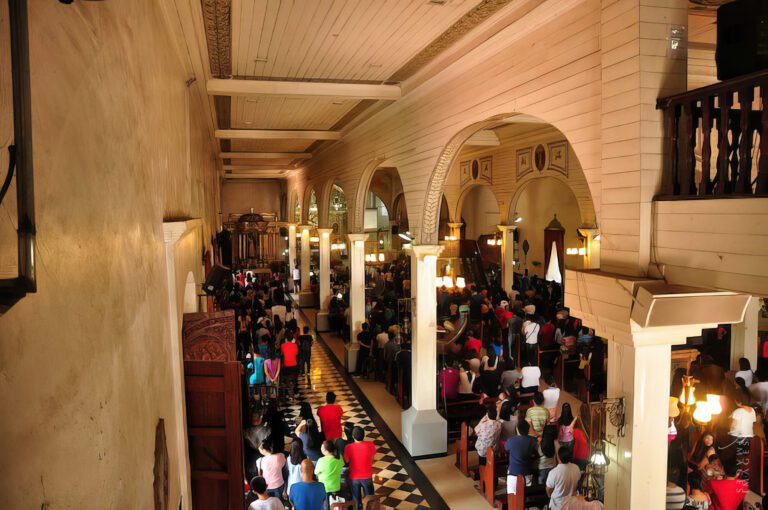
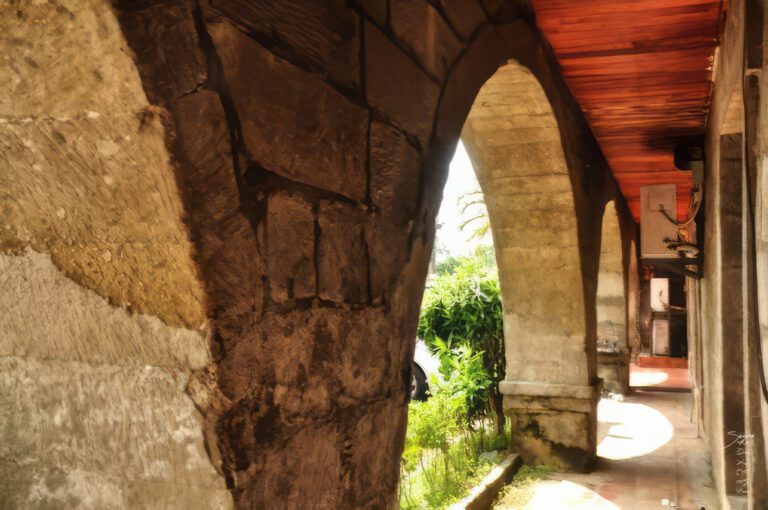
In 1884, Father Juan Girón constructed a temporary nipa and bamboo chapel, which also fell victim to a feast day fire. Contractor Miguel Magpayo was hired to build a masonry church, which was completed in 1889. Father Martín Arconada later added a belfry, and three bells were installed in 1897.

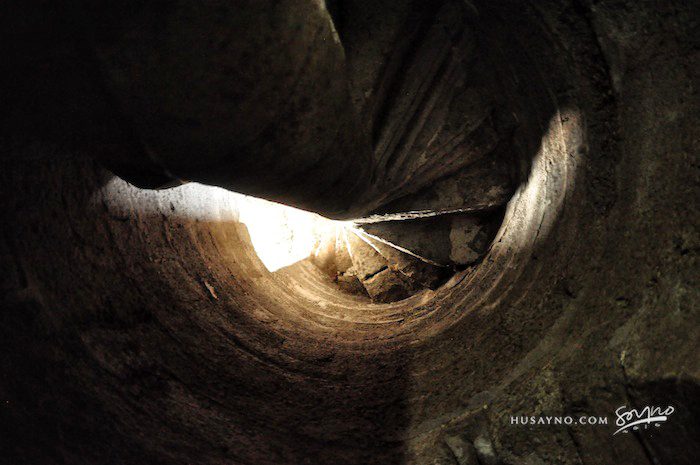
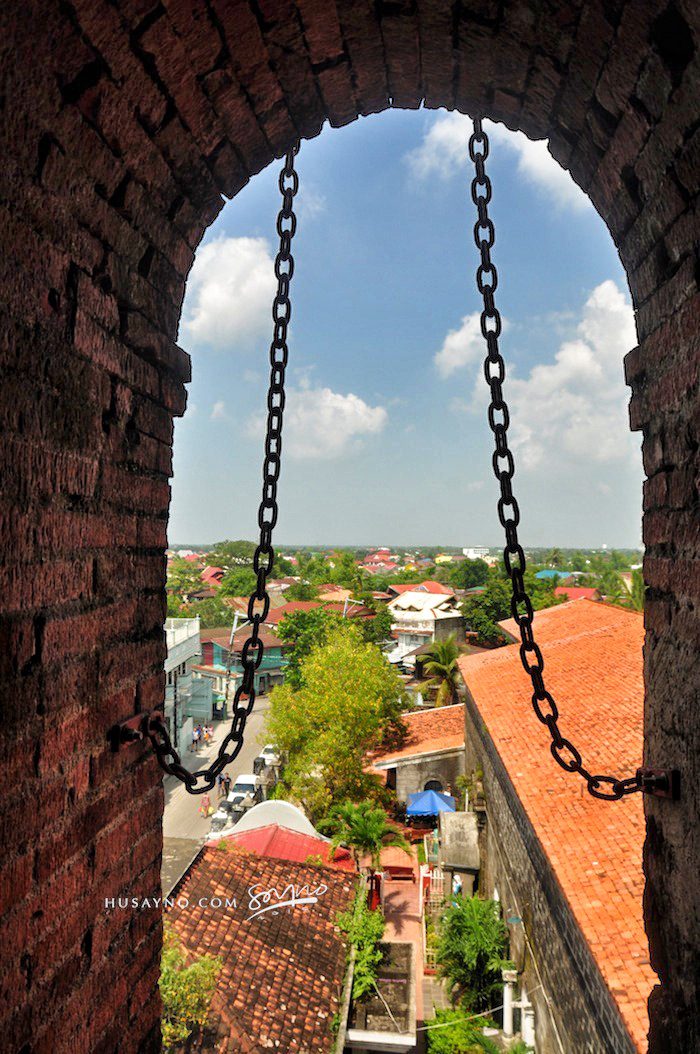

Barásoain Church gained historical prominence when Emilio Aguinaldo‘s revolutionary government moved its capital from Cavite to Malolos. On September 15, 1898, the First Philippine Congress convened in the church and drafted the Malolos Constitution, paving the way for the First Philippine Republic‘s inauguration on January 23, 1899. The church’s role in Philippine history was cut short by the Philippine-American War, leading to the evacuation of the Aguinaldo government and the eventual American control of Malolos and Barásoain by March 31, 1899.
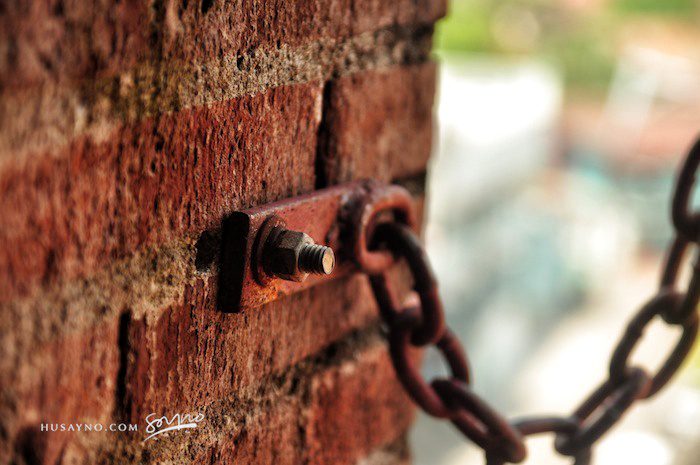
In 1973, President Ferdinand Marcos declared Barásoain Church a national shrine. Following the 1998 Philippine Centennial celebrations, it also hosted President Joseph Estrada‘s inauguration on June 30, 1998.
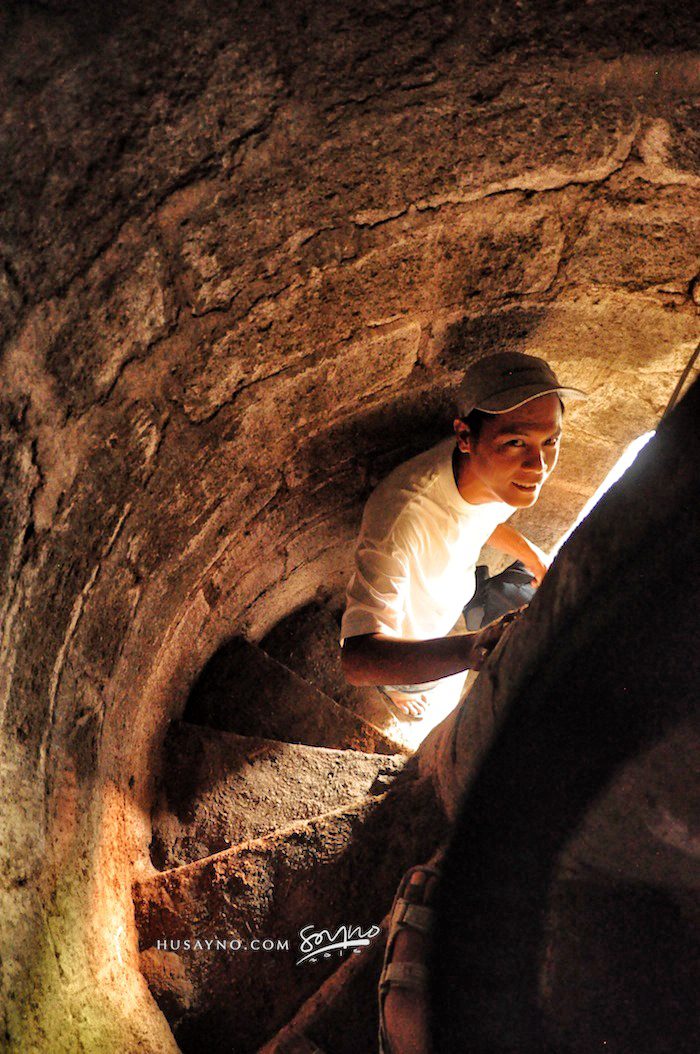
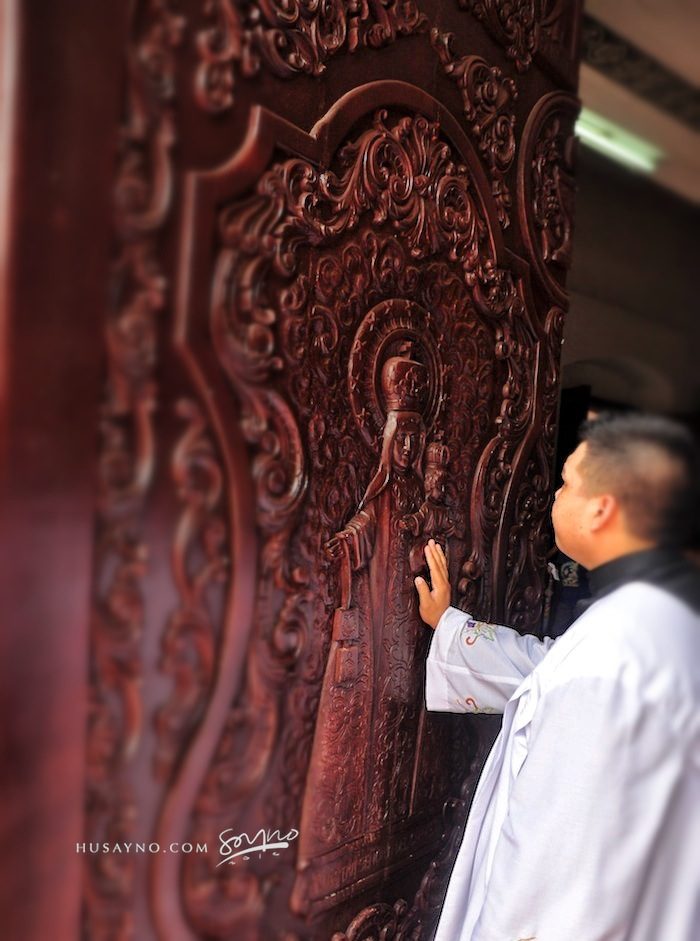
RELATED STORIES

In the Diocese of Malolos, the Saint Francis of Assisi Parish Church or better known as Meycauayan Church, is the largest parish in Bulacan, and
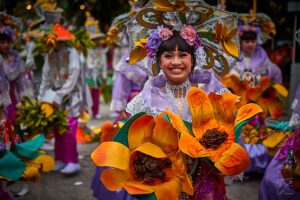


Halamanan Festival is a celebration that takes place every January 23rd in Guiguinto, Bulacan, the Garden Capital of the Philippines, celebrating the beauty of the
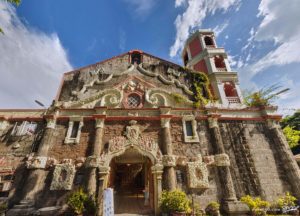


Calumpit Church or St. John’s Church has been recognized as the oldest church in Bulacan Province and the first site of Augustinian evangelisation in the



A heritage site, the Plaridel’s Simborio chapel was built during the 1700’s and it is considered one of the oldest structures in the Bulacan Province


The church’s architecture is a rich blend of Baroque, Romanesque, and Neo-Classical styles, with its facade featuring an oval shape and distinctive Baroque elements. The bell tower, with its tall, hexagonal structure and three tiers of stone blocks, stands proudly to the left of the entrance, showcasing the architectural grandeur. Intricate carvings on the wooden doors depict biblical scenes, leading to the awe-inspiring rose window. Crafted from Capiz shells, the window creates a mesmerizing play of light, adding to the church’s ethereal charm.
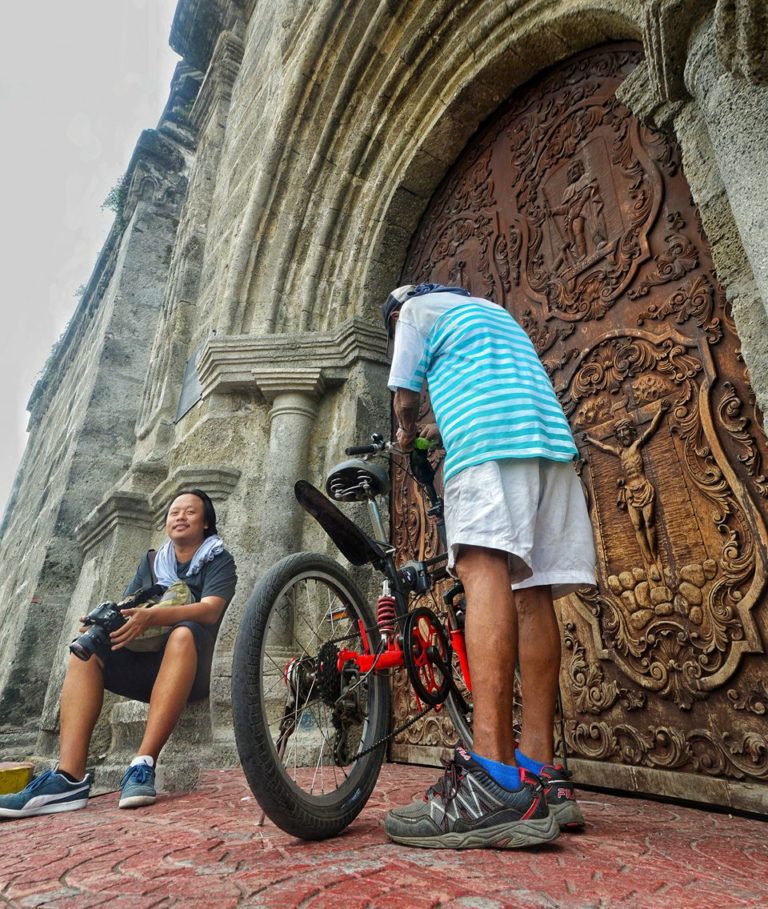

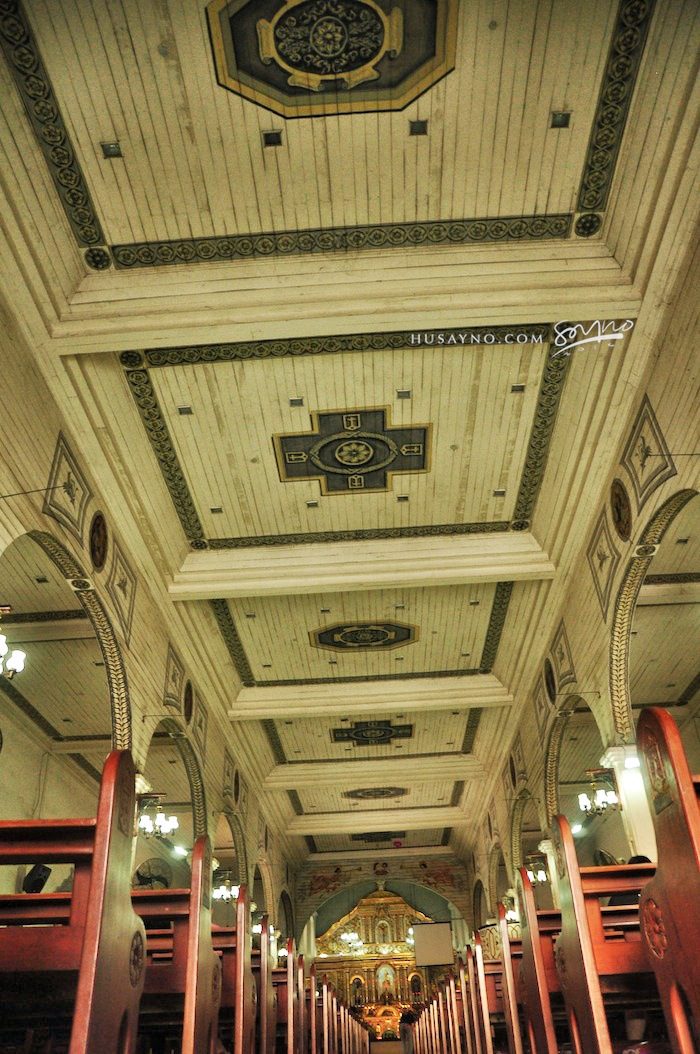

Adjacent to the church, the convent houses two museums: The Barasoain Church Ecclesiastical Museum and The Historical Landmarks History Museum. Its arched arcade and Capiz shell details highlight the exceptional craftsmanship of the era.




In the courtyard behind the bell tower, the serene ambiance is enhanced by statues of saints and an adoration chapel, inviting reflection and spiritual connection.
I’m looking forward to the stories and images leaving a lasting positive impression on you, just as they have on me. Stay connected with us on social media for a weekly exploration of travel assignments and breathtaking visuals. Our focus is on championing local tourism, showcasing small businesses, and honoring the magnificence of the Philippines through the content we curate. Join us in spreading the word by clicking the ‘share’ buttons below. Your support means the world to us.
EXPLORE MORE about



In the Diocese of Malolos, the Saint Francis of Assisi Parish Church or better known as Meycauayan Church, is the largest parish in Bulacan, and



Halamanan Festival is a celebration that takes place every January 23rd in Guiguinto, Bulacan, the Garden Capital of the Philippines, celebrating the beauty of the



A heritage site, the Plaridel’s Simborio chapel was built during the 1700’s and it is considered one of the oldest structures in the Bulacan Province



Calumpit Church or St. John’s Church has been recognized as the oldest church in Bulacan Province and the first site of Augustinian evangelisation in the
BROWSE BY CATEGORIES